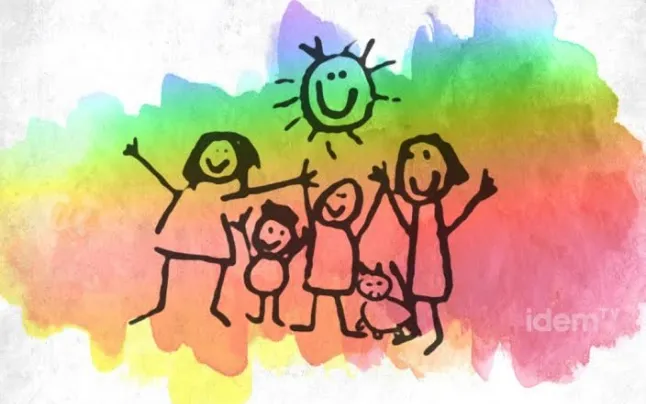
New data released by UNAIDS on the global HIV response reveals the relationship between the evolution of COVID-19, along with other global crises, and the lack of resources putting many lives at risk.
Due to the evolution of the COVID-19 and the great global efforts to stop it, the situation caused millions of people not to receive the necessary treatment, care or prevention, reducing aid from more than 2 million people to only 1.4 million.
On the other hand, the report shows how this lack of aid and prevention always affects the most vulnerable groups, affecting girls and women more than ever. These differences, evident even in the same region, cause obvious inequalities between those who suffer from the disease and are a direct consequence of the slow progress of the virus.
Finally, despite the progress of certain countries such as Italy, Lesotho, Vietnam and Zimbabwe, the report provides a collection of data on how the pandemic would evolve with current data and leaves evidence of the increase in annual infections from 1.2 million to in 2025, “year in the united states they had set as a goal to have less than 370,000 new HIV infections.






Add new comment